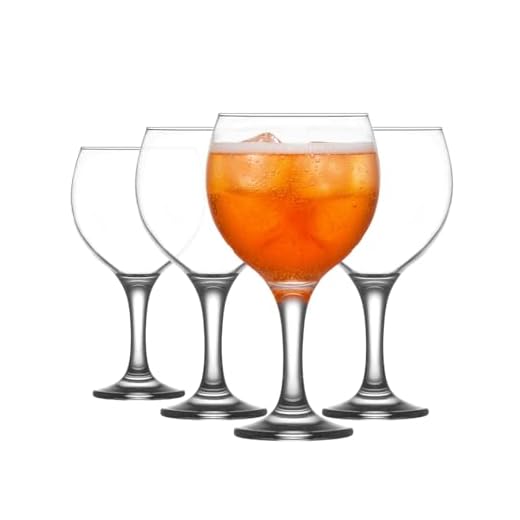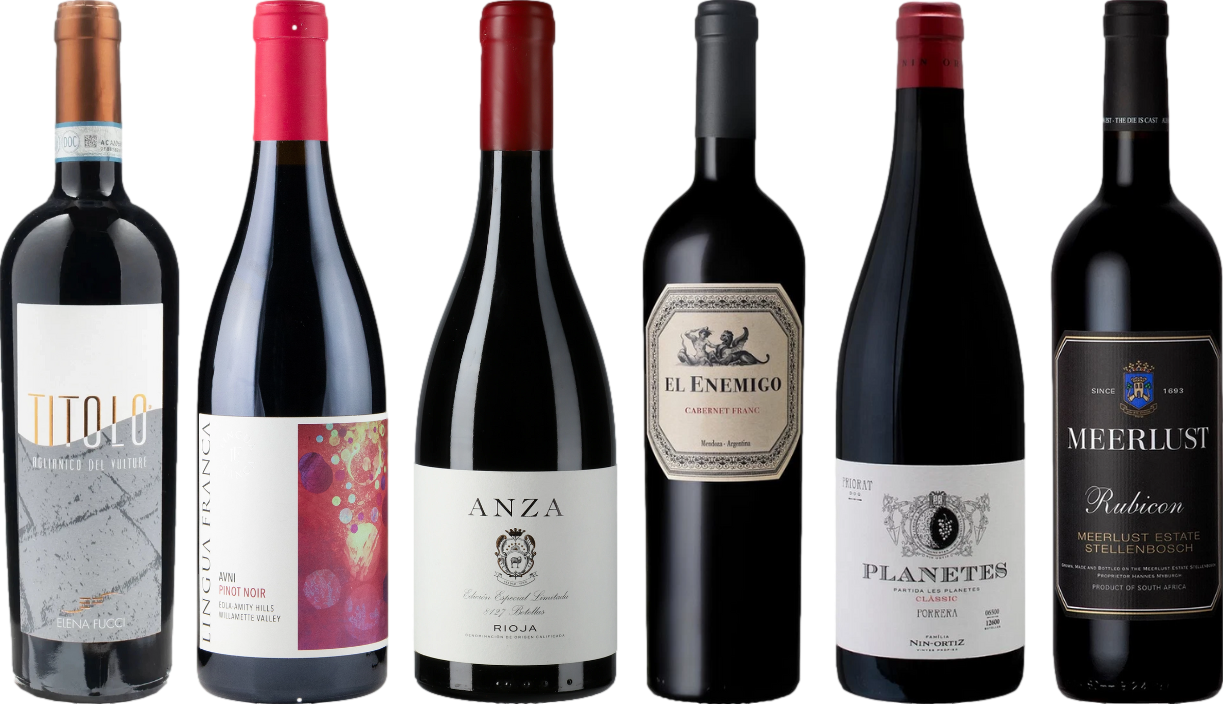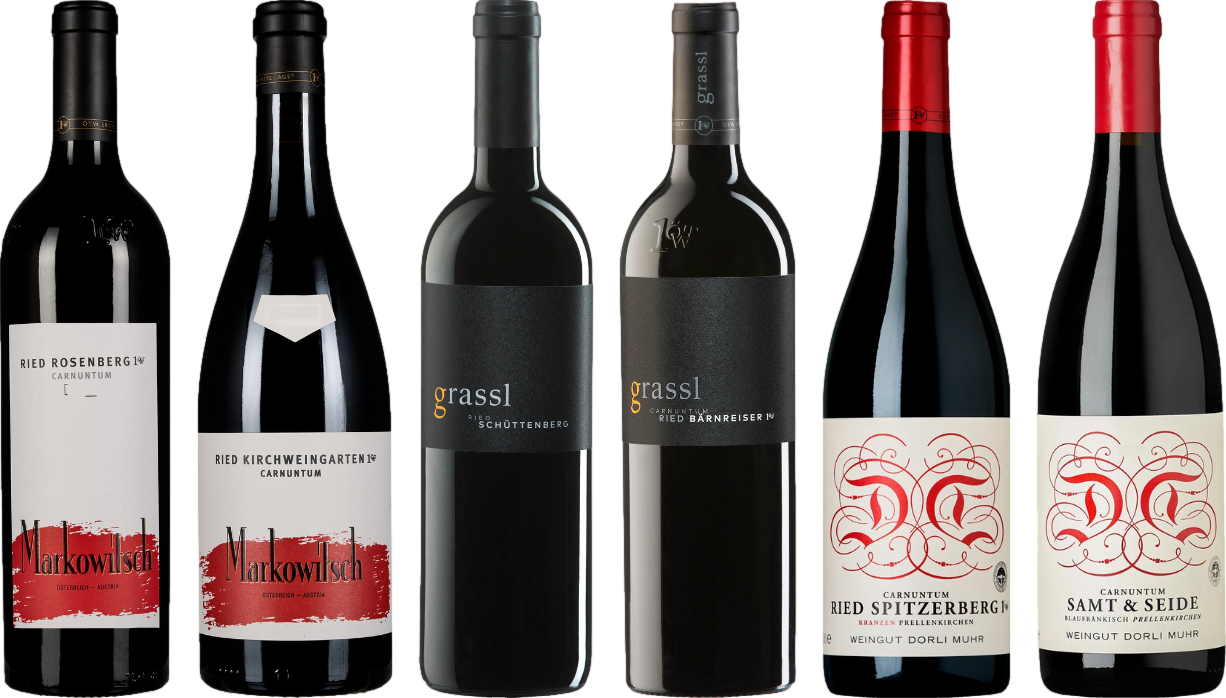



If you’re looking to elevate your experience with crimson nectar, consider blending it with a splash of ginger ale. This fusion not only adds a refreshing effervescence but also complements the wine’s natural fruitiness, creating a delightful balance of flavors.
Another intriguing option is to combine it with club soda and a twist of citrus, such as lemon or orange. This mix lightens the bold characteristics while introducing a zesty brightness, perfect for warm evenings or casual gatherings.
For those who appreciate a touch of sweetness, try incorporating a splash of cranberry or pomegranate juice. The tartness of these juices enhances the wine’s depth, making for a vibrant and flavorful concoction that’s sure to impress your guests.
Experimenting with herbs can also yield remarkable results. Muddling fresh basil or mint leaves into your blend can infuse it with aromatic qualities, providing a refreshing twist that pairs wonderfully with summer dishes.
Lastly, consider mixing in a hint of flavored liqueurs, such as Amaretto or Framboise. These additions can transform the profile entirely, creating a luxurious and indulgent libation that’s perfect for special occasions.
Combining Options for a Unique Experience
For an intriguing twist, consider adding a splash of soda to your glass. A splash of club soda or sparkling water enhances the beverage’s effervescence, offering a refreshing contrast to the bold notes.
Another excellent choice is fruit juice, particularly orange or pomegranate juice. These juices introduce a delightful sweetness that balances out the tannins, creating a harmonious blend.
Herbs can elevate the flavor profile significantly. A few fresh mint leaves or a sprig of rosemary not only add aroma but also a unique herbal complexity that brightens the overall taste.
For a richer experience, try incorporating a liqueur such as amaretto or cherry liqueur. This adds depth and layers of flavor, enhancing the sensory experience.
Experimenting with spices like cinnamon or nutmeg can introduce an unexpected warmth, especially in cooler months, making each sip feel cozy and inviting.
Lastly, don’t overlook the power of citrus. A squeeze of lemon or lime can add a zesty kick, refreshing the palate and balancing the richness of the original pour.
Choosing the Right Mixer for Different Red Wines
For a smooth and enjoyable experience, it’s crucial to pair flavorful enhancements with specific varieties. For a light-bodied Pinot Noir, a splash of club soda or ginger ale can elevate its bright fruit profile without overwhelming it. If you’re working with a full-bodied Cabernet Sauvignon, consider adding a rich, dark cherry juice to complement its bold character.
Pairing Suggestions
Syrah thrives with a hint of blackberry or raspberry syrup, creating a delightful contrast to its spicy notes. Meanwhile, a Merlot can benefit from a dash of cola or a fruit-forward lemonade, softening its tannins and enhancing its roundness. For those who enjoy a traditional Sangria, mix Tempranillo with orange juice, a touch of brandy, and fresh fruits for a refreshing twist.
Balance and Harmony
Always aim for balance when selecting a mixer. The goal is to enhance the wine’s natural flavors rather than mask them. If you’re experimenting, remember to maintain the integrity of the wine. For further insights on achieving balance in different contexts, check out this useful resource on how to decrease ammonia in fish tank.
Popular Cocktails Featuring Red Wine
One standout beverage that I often recommend is the classic Sangria. This delightful mix combines fruity elements with the robust character of a Spanish varietal. Typically, you’ll find a medley of fresh fruits such as oranges, lemons, and berries, complemented by a splash of brandy and a hint of orange juice. Serve it chilled for a refreshing experience.
Other Notable Options
- Red Wine Spritzer: Combine your preferred varietal with club soda or sparkling water for a light and effervescent refreshment. A wedge of citrus adds a nice touch.
- Claret Cup: This traditional British concoction mixes claret with lemonade, fresh fruits, and sometimes a dash of gin. Perfect for summer gatherings.
- Red Wine Mojito: A twist on the classic mojito, this drink features muddled mint and lime, combined with your chosen vintage and a splash of soda.
Regional Favorites
- Tinto de Verano: A popular Spanish drink, blending red wine and lemon soda, often garnished with a slice of lemon. It’s simple yet flavorful.
- Kalimoxto: A Basque favorite, this combines equal parts red wine and cola, creating a surprisingly delightful combination.
Experimenting with these combinations can lead to delightful discoveries. Feel free to adjust the proportions to suit your palate, and don’t hesitate to get creative with garnishes and additional flavors!
Enhancing Flavor with Fresh Ingredients
Utilizing fresh produce can elevate a simple beverage into a memorable experience. Citrus fruits like oranges and lemons add brightness; a splash of freshly squeezed juice complements the depth of the beverage. Consider muddling a few slices of ripe strawberries or blackberries for a natural sweetness that balances out tannins.
Herbs and Spices
Incorporating fresh herbs such as mint or basil offers an aromatic lift. These herbs can be gently bruised to release their oils, creating a fragrant infusion. A pinch of ground cinnamon or a few cloves can add warmth and complexity, especially in cooler months.
Unique Combinations
Don’t shy away from experimenting. Pairing fresh ginger with a splash of soda can bring a spicy kick, enhancing the overall profile. A dash of balsamic vinegar can introduce a tangy richness that harmonizes beautifully. Each addition should be balanced to ensure no single flavor overwhelms the other, allowing the essence of the beverage to shine through.
Creating Low-Calorie Red Wine Mixers
Use sparkling water or club soda to create a refreshing, low-calorie option. The effervescence adds a delightful twist without extra calories. Add a squeeze of fresh lemon or lime for a zesty kick.
Herbal teas serve as an excellent base. Brew herbal varieties like hibiscus or chamomile, chill them, and combine them with a splash of your favorite varietal. This not only reduces calories but also introduces unique flavors.
Consider using fresh fruit purees. Blend strawberries, raspberries, or blackberries and stir into your beverage. These natural sweeteners provide flavor and color, enhancing the overall experience without the guilt.
Unsweetened coconut water is another smart choice. Its light sweetness and refreshing taste complement various grape types while keeping calories low. It also adds a subtle tropical note.
Light juices, such as pomegranate or cranberry, can elevate the taste while remaining low in calories. Opt for the unsweetened versions to maintain a healthier profile.
Lastly, flavored sparkling beverages can enhance the experience. Look for options that are naturally flavored without added sugars, providing an exciting alternative that remains light.
Tips for Balancing Sweetness and Acidity in Your Mix
To achieve a harmonious blend, consider the sweetness level of the chosen base. If your selection leans toward the sweeter side, like a fruity Merlot, counterbalance it with ingredients that introduce acidity, such as fresh citrus juice or a splash of vinegar. Lemon or lime juice can brighten the flavor profile and enhance the overall experience.
On the other hand, if the base has a higher acidity, like a bold Cabernet Sauvignon, opt for sweeter mixers. Consider using a splash of soda or tonic water infused with fruit, which can help mellow the sharpness while adding complexity. Natural sweeteners like agave syrup or honey can also be effective, but use them sparingly to avoid overwhelming the palate.
Experiment with Herbal Elements
Incorporating herbs can elevate your creation. Fresh basil or mint can complement both sweet and tart notes. Muddling these herbs before adding your ingredients releases their oils, creating a more balanced flavor profile. Be cautious not to overpower the drink; a little goes a long way.
Balance with Texture
Texture plays a significant role in perception. Adding a splash of sparkling water can introduce effervescence, lifting the drink and creating a refreshing contrast. Consider the weight of each component; lighter elements can help offset heavier ingredients, leading to a more enjoyable sipping experience.










